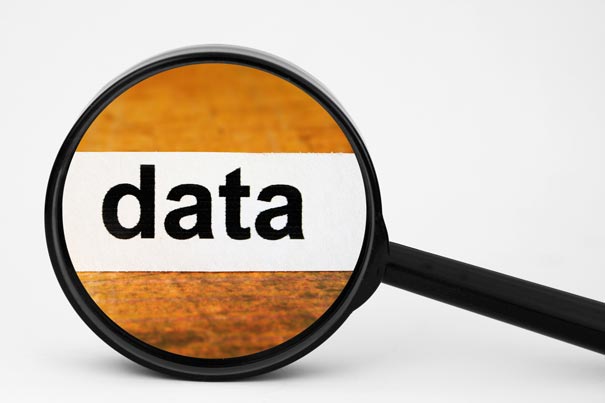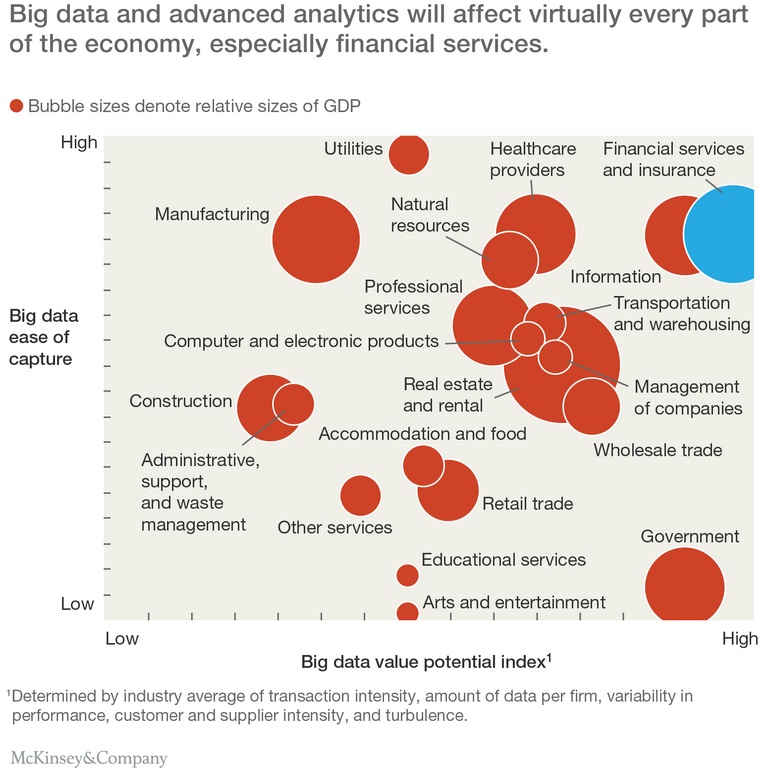The challenge facing advertisers and advertising professionals is remaining relevant in the face of a fundamental technological change. Namely, algorithms and big data.
The combination of the two, in the form of automated and real-time buying and selling, is redefining the advertising business model and value proposition.
Advertising is now a world of software, ultra-high-speed networks and processing power, statistics, optimisation, operations research, heuristics, data science and a range of related disciplines all coming together in dealing with large volumes of rapidly changing data.
How advertisers adapt will define their viability in the new world of online advertising. Period.
The trends marrying data and advertising
A number of interconnected trends are coming together to make this world of data.
Over 40% of the world’s population now has access to the internet. This is both a large market for advertisers to go after and a huge source of data. But the explosive uptake of smartphones has also brought on a large number of first-time internet users – fresh eyes for advertisers – and there are many more to come.
Global technology platforms, such as Google and Amazon, Facebook and LinkedIn, have created huge pools of data and made it all useful. Simply put, big data is data that’s too large or complex to be effectively handled by standard database technologies currently found in most organisations. But these platforms, among others, enable the data to be analysed and useful information extracted.
Historic data is also a potential gold mine in the right hands. It offers insights into industry trends and buying behaviours over time. Correlating historical data with “new data” can lead to the development of predictive models, also useful for advertising.
It’s not just the data we willingly give over to Facebook and LinkedIn that is useful, but behavioural, demographic, geospatial and other metadata as well. We are all leaving digital footprints each time we interact with the internet.
The global volume, velocity and variety of this data is astounding. This data, and the real-time insights and patterns that can be extracted from it, is the basis for tomorrow’s digital alchemy.
There is also a growing daisy-chain of intermediary organisations that harvest, analyse, interpret and offer up precisely targeted advertising services, all in near real time. At every stage, advertisers and intermediaries are clipping the ticket as they take their cut for being involved in the overall management of the torrents of data generated by us and fed back to us in the form of targeted advertising.
Putting it all together
Finally, there’s the rise of programmatic advertising – the real-time and automated buying and selling of ads with algorithms, bringing together many of these trends. There are now huge online marketplaces where software buys and sells advertising space.
Many of the ads you encounter around the web are now programmatic, allowing advertisers to target who sees an ad, based on this increasing array of data. This allows advertisers to predefine criteria for their ads – only showing them to Australians at a specific point in time, for instance.
As the internet transitions from an “open” and ostensibly free network to one that is ubiquitous and highly monetised, advertising is being catapulted into a new paradigm. The sheer value and growth of the online advertising market is reshaping the entire advertising industry, and the rate of change is not slowing.
The fundamental concepts of advertising remain unchanged. That is, to present the concepts, products and services of the advertiser that connects sellers with potential buyers.
What has changed, however, is that the advertisers (and sellers) must be able to harness the arsenal of real-time measurement and placement tools to focus their efforts with pinpoint accuracy and minimal cost. Being able to make use of big data, analytics and algorithms isn’t just “nice to have”, it’s essential.
Welcome to a new world of online advertising.






